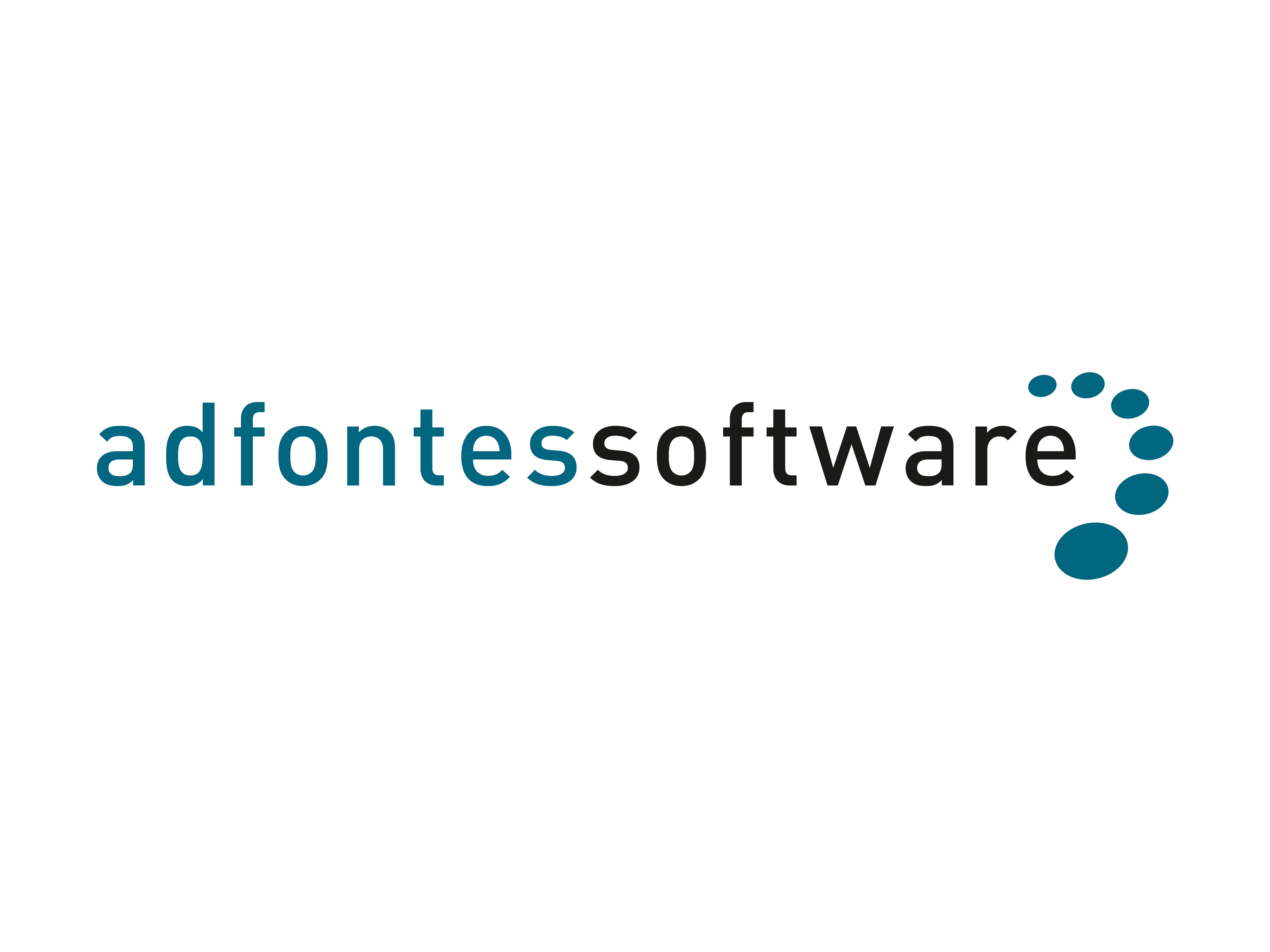As we approach 2025, the enterprise software landscape is evolving rapidly, driven by technological advancements, shifting business priorities, and new challenges in a hyperconnected world. Companies are under increasing pressure to streamline operations, enhance customer experiences, and future-proof their digital infrastructure. To stay competitive, businesses must adopt innovative software solutions that not only address their current needs but also position them for future growth. In this blog, we’ll explore the top trends in enterprise software for 2025 that are reshaping industries and empowering businesses to operate more efficiently, securely, and intelligently.
1. Artificial Intelligence and Machine Learning Integration
Artificial Intelligence (AI) and Machine Learning (ML) are no longer buzzwords—they have become integral to the future of enterprise software. By 2025, AI and ML will continue to mature, becoming key components in software solutions across industries.
AI-Driven Decision Making: Enterprises are increasingly relying on AI-powered analytics to make more informed decisions. From predictive analytics that forecast market trends to real-time data processing, AI will drive smarter, faster, and more accurate decision-making processes in 2025.
Automation of Routine Tasks: One of the most significant impacts of AI is in automating repetitive tasks. From customer service chatbots to automated data entry, enterprises will leverage AI to reduce manual workloads, improving efficiency and allowing teams to focus on high-value activities.
Enhanced Personalization: Machine learning algorithms will enable businesses to offer personalized customer experiences at scale. Whether it’s tailoring marketing campaigns, product recommendations, or customer support, AI will help enterprises create more meaningful interactions with their customers.
2. Cloud-Native Architectures and Hybrid Cloud Strategies
Cloud computing has transformed enterprise software in the past decade, and by 2025, cloud-native architectures will be the norm. As businesses strive for greater agility and scalability, they will increasingly adopt hybrid cloud strategies that combine the benefits of public and private clouds.
Cloud-Native Applications: By 2025, businesses will continue shifting towards cloud-native applications built with microservices architectures, which allow for faster development, better scalability, and easier maintenance. These applications are designed to be deployed in the cloud from the start, offering flexibility and resilience.
Hybrid Cloud Solutions: Hybrid cloud environments—where businesses use both public cloud services and private on-premises infrastructure—will see widespread adoption. This approach allows enterprises to take advantage of the scalability and cost-effectiveness of the public cloud while retaining control over sensitive data and mission-critical applications in private clouds.
Multi-Cloud Management: As businesses continue to diversify their cloud environments, multi-cloud management tools will become essential. Enterprises will seek platforms that enable them to seamlessly manage and optimize workloads across multiple cloud providers, ensuring security, compliance, and performance.
3. Low-Code/No-Code Platforms for Rapid Development
The demand for faster, more agile development has led to the rise of low-code/no-code platforms, which allow users to build applications with minimal or no coding knowledge. By 2025, these platforms will be an essential part of enterprise software development, enabling businesses to innovate rapidly without relying heavily on traditional software development teams.
Democratizing Software Development: Low-code/no-code platforms empower business users and non-technical teams to develop custom applications and workflows that meet their specific needs. This reduces the burden on IT departments and accelerates the delivery of solutions, helping businesses stay agile and responsive to changing demands.
Accelerating Digital Transformation: As enterprises strive to become more digital, low-code/no-code platforms will play a key role in their digital transformation strategies. These platforms enable rapid prototyping, experimentation, and deployment of digital solutions, allowing companies to iterate quickly and stay competitive.
Bridging the Skills Gap: With the ongoing shortage of skilled developers, low-code/no-code platforms offer a way to bridge the talent gap by enabling employees with minimal coding skills to create functional applications. This will help companies overcome resource constraints and drive innovation from within.
4. Increased Focus on Cybersecurity and Privacy
As digital threats become more sophisticated, businesses must prioritize cybersecurity and privacy. In 2025, enterprise software solutions will place a stronger emphasis on robust security features, regulatory compliance, and data protection to safeguard against cyberattacks and ensure customer trust.
Built-In Security Features: By 2025, security will no longer be an afterthought in software development. Enterprise software solutions will be designed with built-in security features, such as encryption, multi-factor authentication, and real-time threat detection, to protect sensitive data and prevent breaches.
Zero Trust Architecture: The Zero Trust security model, which assumes that no network or user should be trusted by default, will gain traction in enterprise environments. Zero Trust architectures will enforce strict access controls and continuously monitor user behavior to detect and mitigate potential threats.
Compliance with Data Privacy Regulations: As data privacy regulations like the GDPR (General Data Protection Regulation) and CCPA (California Consumer Privacy Act) become more stringent, businesses will rely on enterprise software that helps them remain compliant. Automated compliance management tools will assist companies in tracking and reporting on data usage, ensuring they meet legal requirements.
5. Edge Computing and IoT Integration
As the Internet of Things (IoT) expands and the need for real-time data processing grows, edge computing will play a critical role in enterprise software by 2025. Edge computing involves processing data closer to the source—such as IoT devices—rather than relying on centralized cloud servers.
Real-Time Data Processing: Edge computing reduces latency by processing data at or near the source, which is especially important for industries like manufacturing, healthcare, and logistics that require real-time analytics and decision-making. By 2025, enterprises will adopt software solutions that integrate edge computing to optimize operations and enhance efficiency.
IoT-Enabled Solutions: With billions of IoT devices expected to be deployed by 2025, enterprise software will increasingly need to support IoT integration. Software platforms will enable businesses to manage, monitor, and analyze data from IoT devices, providing valuable insights and improving decision-making in real time.
Enhanced Automation: The combination of edge computing and IoT will drive automation across various sectors. Enterprises will use software to automate processes like inventory management, predictive maintenance, and supply chain optimization, enhancing efficiency and reducing costs.
6. AI-Powered Chatbots and Virtual Assistants for Business Operations
By 2025, AI-powered chatbots and virtual assistants will become essential tools for improving business operations and customer engagement. These tools will not only streamline customer service but also assist in internal operations, such as scheduling, reporting, and data analysis.
Enhanced Customer Support: AI chatbots will handle increasingly complex customer queries, offering personalized assistance and resolving issues faster. This will improve customer satisfaction while reducing the burden on human support teams.
Streamlined Internal Processes: Virtual assistants will be integrated into enterprise software to assist employees with administrative tasks, such as scheduling meetings, managing workflows, and providing insights from business data. These tools will boost productivity and allow employees to focus on more strategic tasks.
As we look ahead to 2025, enterprise software will continue to evolve, driven by trends like AI, cloud computing, low-code platforms, and cybersecurity. Businesses that stay ahead of these trends and adopt innovative software solutions will be better equipped to navigate the challenges of a rapidly changing digital landscape. By embracing these advancements, enterprises can enhance efficiency, improve customer experiences, and ensure long-term success in an increasingly competitive world.
Adfontes Software is here to help you navigate these trends and implement cutting-edge software solutions tailored to your business needs.
Contact us today to learn how we can help you stay ahead in 2025 and beyond.
About Adfontes Software
Adfontes Software is a leading SolarWinds Distribution Partner who delivers great business value from small to global Fortune 500 customers, partners and resellers accross EMEA with IT Operation Management (ITOM), Software & Consultancy Services, SolarWinds Managed Services, Licenses, Support Renewals, Hybrid Cloud Observability Conversions, certified Adfontes Software is SolarWinds Breakthrough Partner of the Year 2022 EMEA.

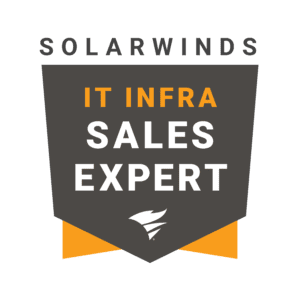
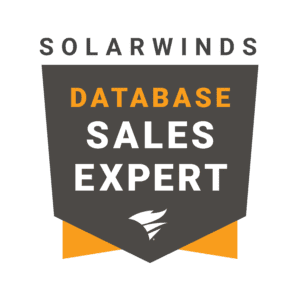
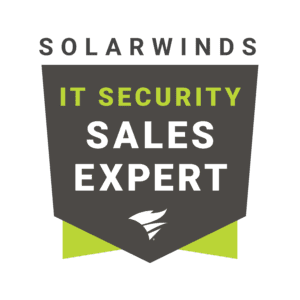
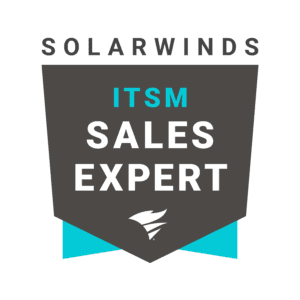
® Adfontes Software B.V. © All rights reserved.
